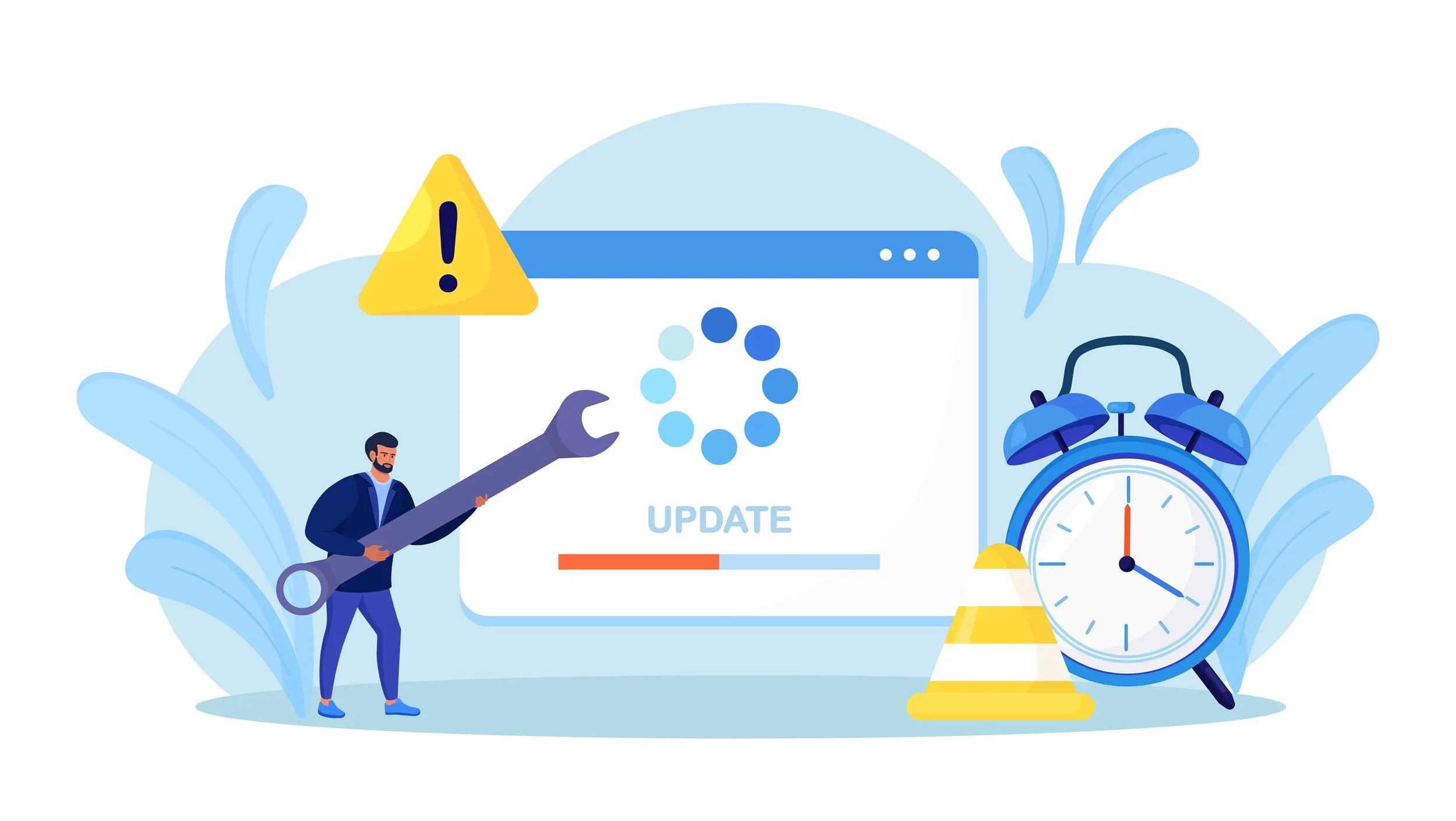AP & Intune Updates
Wireless Access Point Refresh Summary
As part of ABHMS’s ongoing effort to strengthen our network infrastructure, we are currently:
Replacing 16 aging AP devices
Adding 3 new AP devices to expand coverage
Why We're Replacing 16 Devices
Outdated hardware: Existing APs are no longer optimal for today’s performance or security standards.
Limited support: Current devices are near or past their end-of-life for vendor support and firmware updates.
Poor performance: We've seen slower speeds and user complaints due to increased device load.
Security gaps: Older APs don’t support modern encryption and monitoring tools, which are needed for our security and compliance requirements.
Why We’re Adding 3 New Devices
Expand coverage: New APs will eliminate known dead zones and improve wireless access in underserved areas.
Support growth: As more staff, guests, and devices connect to our network, the new APs ensure smooth operation without congestion.
What's Next:
Devices are being configured for Meraki dashboard integration to allow for centralized monitoring and alerts.
Once installed, we will conduct a coverage test and optimize placement.
The new setup will include better traffic management, usage analytics, and automated alerts.
Current Status:
Wireless Devices Delivered: All new wireless devices for the Lamb site have arrived.
Next Steps:
1. Device Configuration:
o Coordinate with Wiedenhammer to configure the newly delivered wireless devices.
2. Installation Planning:
o Schedule H&R to perform the physical installation, which includes:
§ Replacing the current wireless devices.
§ Installing the three new wireless access points.
§ Moving any devices currently located in ceiling tiles to more open, visible locations to optimize wireless coverage.
What Is Microsoft Intune?
Microsoft Intune is a cloud-based mobile device management (MDM) and mobile application management (MAM) service. It enables organizations like ABHMS to securely manage devices, enforce policies, and protect company data, whether staff use organization-owned or personal devices.
Intune is part of Microsoft’s Endpoint Manager suite and integrates seamlessly with Azure Active Directory, Microsoft 365, and Defender for Endpoint to provide centralized IT control and enhanced security.
How Intune Helps ABHMS
1. Centralized Device Management
IT can remotely manage all ABHMS devices (laptops, phones, tablets) from one portal.
Devices can be grouped and managed by department, role, or location.
2. Improved Security & Compliance
Enforces security baselines like password rules, encryption, and antivirus settings.
Automatically wipes company data from lost or retired devices.
Ensures devices meet compliance standards before accessing sensitive resources (like SharePoint or Microsoft 365).
3. Seamless Remote Work Support
Staff can receive preconfigured laptops or mobile devices that install apps and settings automatically.
Enables secure, controlled access to company apps and files from anywhere.
4. Application Control & Updates
ABHMS IT can push updates, deploy apps, or remove software without physical access to the device.
Reduces downtime and ensures everyone has the tools they need.
Current Status:
We’ve begun initial work on the Intune implementation with All Covered. This week, we completed a review of the initial intake form with their team. The form has now been passed along to a Solutions Engineer, who will review the provided information in detail.
The Solutions Engineer will schedule a kick-off call if the intake form contains sufficient details. During this call, we’ll discuss:
Project timeline and milestones
Expected outcomes and deliverables
Regular check-in cadence
Any additional information needed to move forward


